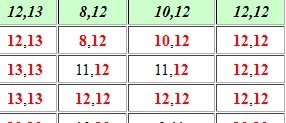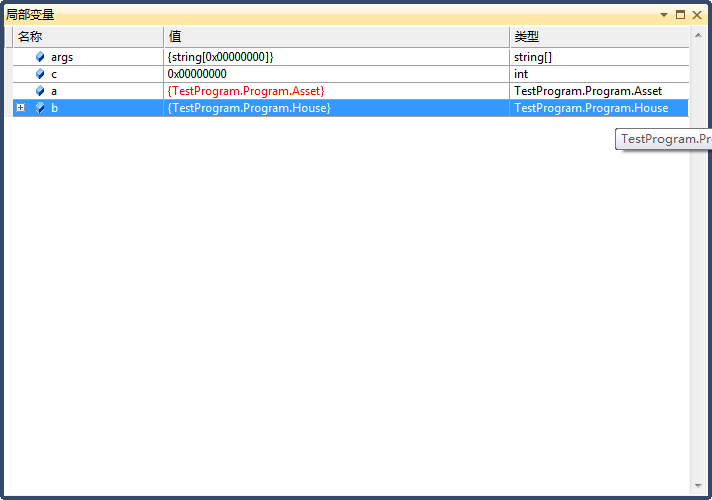当前位置:编程学习 > C#/ASP.NET >>
答案:程序很简单,一个form内有一个按钮,点击后弹出一个对话框,点击对话框start按钮后执行新起一个线程执行一个工作类的某个方法,这个方法故意抛出异常,然后在对话框内捕捉到这个异常。
注意,这儿我是用事件来捕捉异常,这只是其中一种方法
form 的代码
using System;
using System.Drawing;
using System.Collections;
using System.ComponentModel;
using System.Windows.Forms;
using System.Data;
namespace CatchThreadError
{
/// <summary>
/// Form1 的摘要说明。
/// </summary>
public class Form1 : System.Windows.Forms.Form
{
private System.Windows.Forms.Button btnTest;
/// <summary>
/// 必需的设计器变量。
/// </summary>
private System.ComponentModel.Container components = null;
public Form1()
{
//
// Windows 窗体设计器支持所必需的
//
InitializeComponent();
//
// TODO: 在 InitializeComponent 调用后添加任何构造函数代码
//
}
/// <summary>
/// 清理所有正在使用的资源。
/// </summary>
protected override void Dispose( bool disposing )
{
if( disposing )
{
if (components != null)
{
components.Dispose();
}
}
base.Dispose( disposing );
}
#region Windows Form Designer generated code
/// <summary>
/// 设计器支持所需的方法 - 不要使用代码编辑器修改
/// 此方法的内容。
/// </summary>
private void InitializeComponent()
{
this.btnTest = new System.Windows.Forms.Button();
this.SuspendLayout();
//
// btnTest
//
this.btnTest.Location = new System.Drawing.Point(192, 96);
this.btnTest.Name = "btnTest";
this.btnTest.TabIndex = 0;
this.btnTest.Text = "Test";
this.btnTest.Click += new System.EventHandler(this.btnTest_Click);
//
// Form1
//
this.AutoScaleBaseSize = new System.Drawing.Size(6, 14);
this.ClientSize = new System.Drawing.Size(392, 266);
this.Controls.AddRange(new System.Windows.Forms.Control[] {
this.btnTest});
this.Name = "Form1";
this.Text = "Form1";
this.ResumeLayout(false);
}
#endregion
/// <summary>
/// 应用程序的主入口点。
/// </summary>
[STAThread]
static void Main()
{
Application.Run(new Form1());
}
private void btnTest_Click(object sender, System.EventArgs e)
{
TestDialog td = new TestDialog() ;
try
{
td.ShowDialog() ;
}
catch(Exception exp)
{
MessageBox.Show("all done") ;
}
}
&nb
上一个:用VB.NET获得系统进程列表
下一个:The key to multi-threaded Windows Forms UI interaction(ZT)





